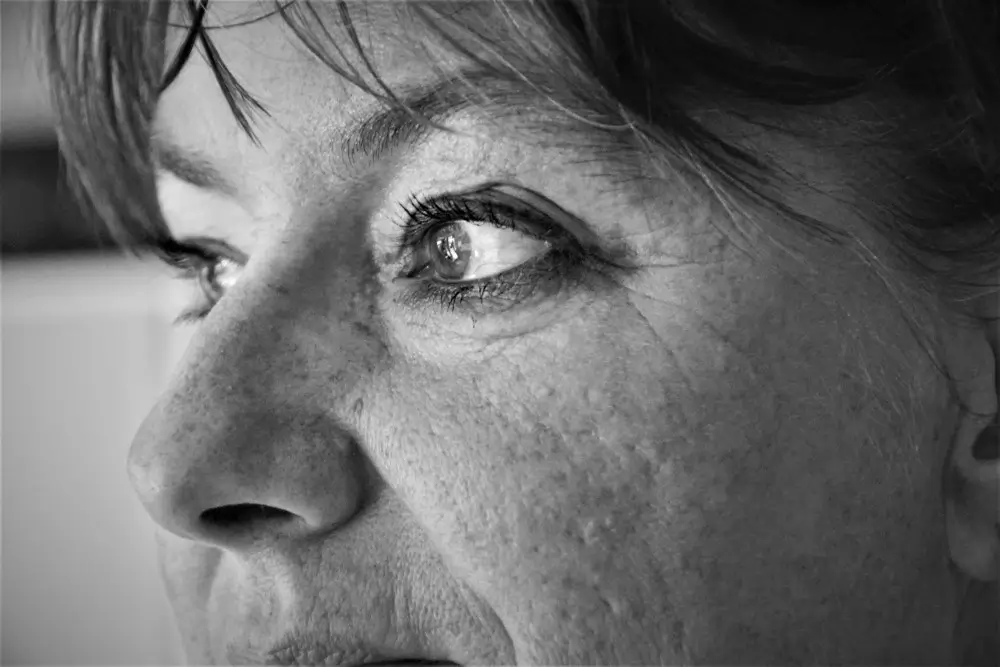I am Nadia Eeckhout, born in Blankenberge (Belgium), but since about thirty years based in Ghent (Belgium), a cozy vibrant city where I often take my pictures.
I’ve always been interested in what people think and do but then again, I don’t want to know the full story, leaving space for my imagination to breathe. I’ve shaped my interest in short written stories, drawings and paintings; pen and brush being mine of course.
About five years ago (2019), I started photographing on the streets (mainly people) and soon discovered a therapeutic effect of street photography on my mind. To me, it is about being in the open air, with my camera, merged in a crowd that never sleeps, hoping to encounter small -if very lucky poetic- stories I’m eager to catch and frame.
I am very much fascinated by the effect of windows, glass or any other transparent medium. They do not only welcome any weather condition on their panes (in this way enhancing mood and triggering my imagination), they are even as generous as to reflect what is on the other side, bringing different stories together, presenting them as a new tale. To be able to capture that tale in a photograph is what makes street photography so interesting and valuable to me.
I’ve been shooting through windows for about three years now and it feels like I have not finished the project yet.
